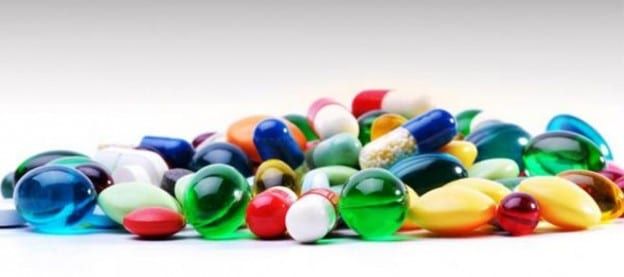The key is the sequence of antibiotics administered.
The antibiotic resistance is the ability or capacity of microbes, such as bacteria, viruses, parasites or fungi, to grow in the presence of a chemical compound (antibiotic). that would normally kill them or limit their growth.
Using a mathematical model to determine the correct sequence of antibiotic administration can help prevent bacteria from becoming resistant to antibiotics.
Researchers have developed a new mathematical method inspired by Darwinian evolution using current antibiotics to reduce the development of antibiotic-resistant bacteria.
An estimated 2 million people in the US are infected each year with bacteria that are resistant to one or more types of antibiotics, and at least 23,000 people will die from these infections, researchers said.
This problem is exacerbated by the overuse of antibiotics in livestock and in clinical community practice.
This overuse combined with the slow pace of new drug discovery is a growing threat to public health.
According to the Centers for Disease Control, one of the main actions that can be taken to combat antibiotic-resistant infections is to improve the use of existing antibiotics.
One approach to achieve this is to use different combinations or sequences of antibiotics; however, given the large number of antibiotics available, it would be extremely difficult to experimentally identify the best combination or sequence of drugs.
Researchers from the Moffitt Cancer Centre in the United States overcame this problem by development of a mathematical approach to analyse antibiotic resistance.
These researchers showed that the ability of E coli bacteria to survive antibiotics could be promoted or hindered depending on the sequence of antibiotics administered.
They found that approximately 70 percent of the different sequences of 2-4 antibiotics lead to antibiotic resistance.
"Our results suggest that, through careful management of antibiotics, we may be able to steer evolution to a final death of bacteria from which no resistance can arise"said lead author Daniel Nichol, a joint graduate student in the University of Oxford's Department of Computer Science and the Moffitt Department of Integrative Mathematical Oncology.

"Our results can be easily tested in the laboratory, and if validated could be used in clinical trials immediately, as all the compounds studied are FDA-approved and commonly prescribed," said Jacob G Scott, senior author and member of Moffitt's Radiation Oncology and Integrated Mathematical Oncology Departments.
The researchers explained that their findings also serve as a warning to health workers, because careless or haphazard prescribing of drugs could lead to antibiotic resistance.
And the topic is very important, because economist Jim O’Neill, who chaired a report commissioned by David Cameron on antibiotic resistancesaid that the same poses a greater threat than climate change in the short term. We cannot allow these projections to materialise for any of us, especially for our fellow citizens in the Bric (Brazil, Russia, India, China) and Mint (Mexico, Indonesia, Nigeria, Turkey) worlds, and our ambition is such that we will seek bold, clear and practical long-term solutions.
The outlook after O'Neill's report was pretty bleak.: Failure to tackle antibiotic-resistant infections will lead to at least 10 million additional deaths a year and cost the global economy $100 trillion by 2050.
Hopefully this mathematical discovery at the Moffitt Cancer Centre in the USA will lead to an improvement in the situation.


